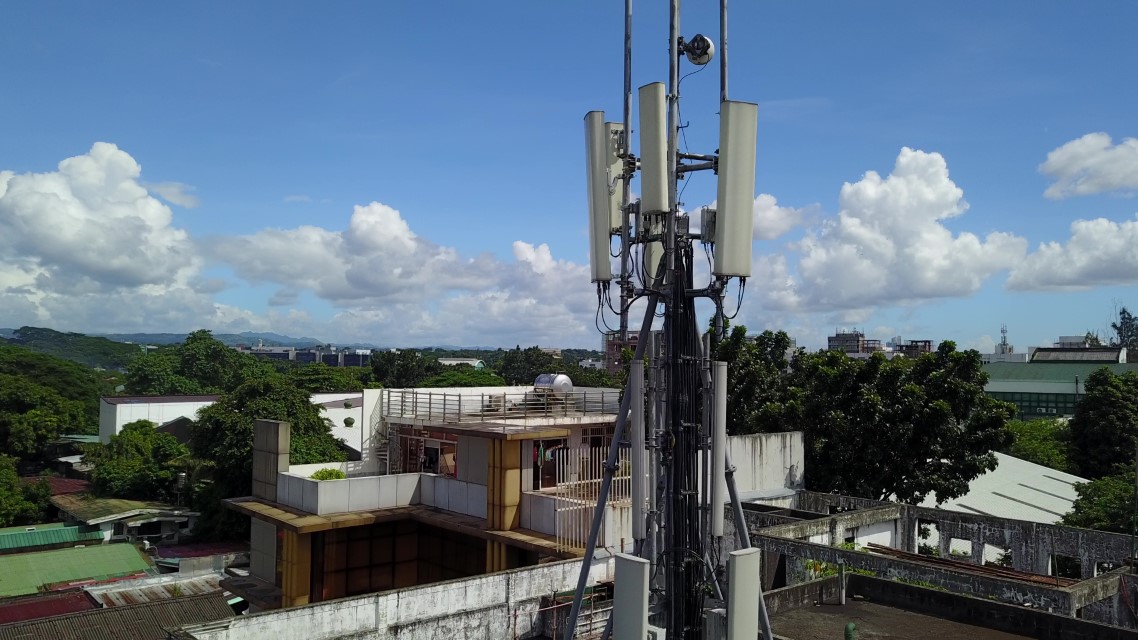Whenever we go online to surf the web, play games, or stream content, one of the things we usually watch out for is internet speed, which is represented by download and upload speeds. The faster it is, the better. But speed is just one part of the story. Another factor that determines if you’ll have a good internet experience or not is consistency. But what is consistency and why is it important for your online experience?

The information that is usually accessible to customers is speed. All we need to do is run an internet speed test either through a browser or an app. From there, you’ll be able to get your download and upload speed, as well as your latency, also known as lag.
Consistency, on the other hand, is also a measure of a network’s quality. However, measuring consistency is a bit more complicated as it requires more data and deeper analysis. That’s why we mostly encounter this in reports of analytics and research companies like Opensignal and Ookla. They call this the Consistent Quality or Consistency Score, and the higher it is, the better.
According to Ookla, the Consistency metric reflects the percentage of a provider’s data samples that meet minimum thresholds for download and upload speeds, depending on the type of network. The higher a provider’s Consistency, the more likely a consumer will enjoy acceptable internet performance and quality.
Opensignal, on the other hand, describes it as how often users’ experience on a network was sufficient to support common applications’ requirements. It measures download speed, upload speed, latency, jitter, packet loss, time to first byte, and the percentage of tests attempted that did not succeed due to a connectivity issue on either the download or server response component.
They have the same concept but differ in methodologies.
THE METRICS
To give us a better idea, let’s take a look at Opensignal’s metrics for mobile internet.
Opensignal has two metrics under Consistent Quality — Excellent Consistent Quality and Core Consistent Quality, which are calculated using data from its sister company Tutela and uses its methodology.

Excellent Consistent Quality is the percentage of users’ tests that met the minimum recommended performance thresholds to watch HD video, complete group video conference calls, and play games. Tutela uses the latest available network performance recommendations from services like Netflix, Skype (including Skype for Business), and others, as well as emerging use cases such as live video streaming on services like YouTube and streaming video games.

In the case of Excellent Consistent Quality, the minimum acceptable value is 5 Mbps for average download speed, and 1.5 Mbps for average upload speed. Latency, Jitter, Packet discard, and Time to first byte are also included as you can see in the table below.

Core Consistent Quality, on the other hand, is designed to represent common but less-demanding use-cases than Excellent Consistent Quality, specifically standard-definition video streaming, web browsing, email use, and photo-sharing apps like Snapchat and Instagram. In this case, the minimum acceptable value is lower at 1.5 Mbps for average download, and 500 kbps for average upload.

In other words, Excellent Consistency Quality is the metric used for demanding applications, while Core Consistency Quality is for lower-performance applications.
In case you’re wondering about consistency for fixed broadband and 5G mobile connections, they use thresholds of 25 Mbps minimum download speed (the recommended speed for streaming in 4K) and 3 Mbps minimum upload speed.
LOOKING AT THE NUMBERS
Let’s look at the data based on Opensignal’s most recent Mobile Network Experience Report published on April 2022, representing data collected from January to March 2022.

According to the report, Globe achieved 51.6% in Excellent Consistent Quality. This means that 51.6% of user’s tests on Globe’s network met the minimum recommended performance thresholds. In comparison, PLDT is at 43.8%, while DITO is at 41.9%.

For Core Consistent Quality, Globe got 74.6%, while its competitors DITO and Smart, got 61.8% and 57.8%, respectively.
In this case, Globe is the overall winner and is considered the most consistent as the highest proportion of users’ tests met the minimum recommended performance thresholds.
What do these numbers mean and how does it affect me?
Knowing how consistent a network is when it comes to its mobile internet can help you decide which provider to choose. If you’re using a network with a good consistency score, then you can have the peace of mind that it can deliver the minimum network quality requirements needed for the application.

This involves watching videos on Netflix and YouTube, streaming video games, playing online games, live video streaming, taking HD calls on Skype, web browsing, and social media browsing.
Let’s also push for better consistency
We always clamor for faster internet speeds when looking at internet services but we should also push for better consistency. Consistency scores are not permanent and we’ll see a different score every quarter. Telcos are continuously improving their networks, so we can still look forward to a faster and more consistent internet experience.

YugaTech.com is the largest and longest-running technology site in the Philippines. Originally established in October 2002, the site was transformed into a full-fledged technology platform in 2005.
How to transfer, withdraw money from PayPal to GCash
Prices of Starlink satellite in the Philippines
Install Google GBox to Huawei smartphones
Pag-IBIG MP2 online application
How to check PhilHealth contributions online
How to find your SIM card serial number
Globe, PLDT, Converge, Sky: Unli fiber internet plans compared
10 biggest games in the Google Play Store
LTO periodic medical exam for 10-year licenses
Netflix codes to unlock hidden TV shows, movies
Apple, Asus, Cherry Mobile, Huawei, LG, Nokia, Oppo, Samsung, Sony, Vivo, Xiaomi, Lenovo, Infinix Mobile, Pocophone, Honor, iPhone, OnePlus, Tecno, Realme, HTC, Gionee, Kata, IQ00, Redmi, Razer, CloudFone, Motorola, Panasonic, TCL, Wiko
Best Android smartphones between PHP 20,000 - 25,000
Smartphones under PHP 10,000 in the Philippines
Smartphones under PHP 12K Philippines
Best smartphones for kids under PHP 7,000
Smartphones under PHP 15,000 in the Philippines
Best Android smartphones between PHP 15,000 - 20,000
Smartphones under PHP 20,000 in the Philippines
Most affordable 5G phones in the Philippines under PHP 20K
5G smartphones in the Philippines under PHP 16K
Smartphone pricelist Philippines 2024
Smartphone pricelist Philippines 2023
Smartphone pricelist Philippines 2022
Smartphone pricelist Philippines 2021
Smartphone pricelist Philippines 2020